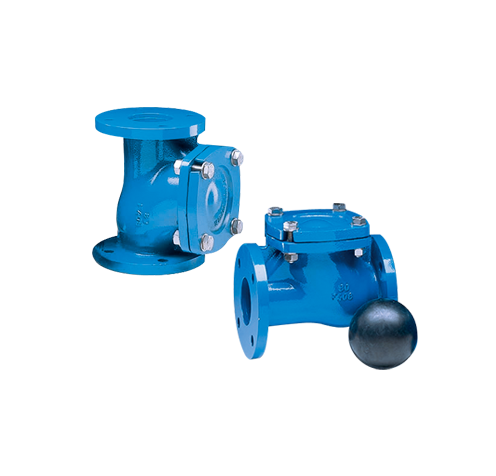The U-type butterfly valve and dual-plate check valve serve different purposes in fluid control systems, and they have distinct designs and applications.
Let’s explore the key differences between the U-type butterfly valve and the dual-plate check valve:
- Valve Type and Functionality:
- U-Type Butterfly Valve:
- A U-type butterfly valve is a type of quarter-turn valve that controls the flow of fluids in a pipeline. It uses a disc, which is mounted on a rotating shaft, to regulate the flow. The disc is positioned in the center of the pipe and has a U-shaped profile. When the valve is fully open, the disc is parallel to the flow, allowing for minimal obstruction. This design provides low-pressure drop and efficient flow control.
- Dual-Plate Check Valve:
- A dual-plate check valve, on the other hand, is a type of check valve designed to allow flow in one direction while preventing backflow in the opposite direction. It consists of two spring-loaded plates or discs (also called wafer plates) that open or close based on the flow direction. The dual-plate design reduces the overall size and weight of the valve compared to traditional swing check valves.
- U-Type Butterfly Valve:
- Flow Characteristics:
- U-Type Butterfly Valve:
- U-type butterfly valves are generally used for flow regulation rather than for strict shut-off applications. They are suitable for applications where low-pressure drop and efficient control are essential.
- Dual-Plate Check Valve:
- Dual-plate check valves are specifically designed for preventing backflow and ensuring one-way flow. They are often used in applications where the prevention of reverse flow is critical, such as preventing water hammer.
- U-Type Butterfly Valve:
- Construction and Design:
- U-Type Butterfly Valve:
- The U-type butterfly valve typically has a disc with a U-shaped profile, which rotates around a central axis to control the flow. dual plates check valve The valve may have a resilient or metal seat for sealing.
- Dual-Plate Check Valve:
- Dual-plate check valves consist of two spring-loaded plates that open in the direction of flow and close to prevent backflow. The plates are typically made of metal and may have a soft seating material for improved sealing.
- U-Type Butterfly Valve:
- Applications:
- U-Type Butterfly Valve:
- U-type butterfly valves are commonly used in applications where precise control of flow is required, such as in water treatment plants, HVAC systems, and various industrial processes.
- Dual-Plate Check Valve:
- Dual-plate check valves are often used in applications where preventing backflow is crucial, such as in water and wastewater systems, oil and gas pipelines, and other systems where the prevention of reverse flow is essential.
- U-Type Butterfly Valve:
- Size and Installation:
- U-Type Butterfly Valve:
- U-type butterfly valves are typically available in larger sizes and are suitable for installations where low-pressure drop and efficient flow control are priorities.
- Dual-Plate Check Valve:
- Dual-plate check valves are often compact and lightweight, making them suitable for space-constrained installations. They are commonly used in applications where the reduction of size and weight is advantageous.
- U-Type Butterfly Valve:
It’s important to note that the selection between a U-type butterfly valve and a dual-plate check valve depends on the specific requirements of the application, including the desired flow characteristics, pressure conditions, and the need for backflow prevention. Consulting with valve manufacturers and considering the unique characteristics of each valve type will help determine the most suitable option for a given application.
